Humans have mastered extremely rich data, but the digital world and the physical world in which these data are applied cross a natural fault. The real world where human beings live is in 3D, but the data that guides us to make decisions is tied to 2D pages and displays. Today, billions of smart interconnect products are already in existence globally. They bring extremely rich information and data. However, this fault has greatly limited our ability to use this data.
Augmented Reality (AR), a series of emerging technologies based on data and imaging, is expected to bridge this gap and unlock the special potential that humans have not developed. Although AR technology has just begun, there are signs that it will become mainstream. It is estimated that by 2020, global consumption in AR technology will reach 60 billion US dollars. AR will profoundly affect companies in each industry, as well as various organizations from universities to social enterprises. In the coming years, AR will change the way we learn, make decisions, and interact with the physical world. Customer service, employee training, product design and manufacturing, supply management, and even the way companies compete will all change dramatically with AR.
In this article, we will explain exactly what AR is, how AR technologies and applications evolve, and why it is so important. We also provide a road map for companies deploying AR technology and explain the key strategic choices companies will encounter when integrating AR into strategy and operations.
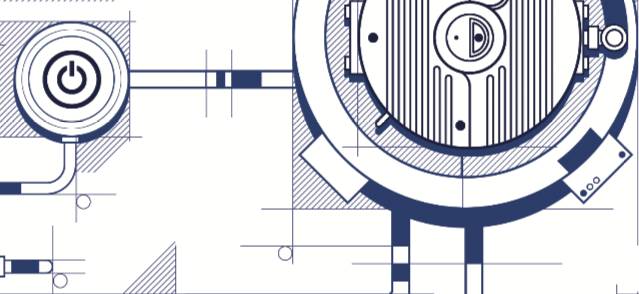
What is AR
In fact, the application of AR technology was born several decades ago, but it is in a very limited field and independent of each other. Until recently, technologies that fully released their potential have come out. In essence, AR turns data and analysis into imaging or animation and overlays it into the real world. Today, most AR applications are on mobile devices, but in the future it will gradually liberate our hands, for example through head-mounted displays or smart glasses.
At a deeper level, AR has created a new information presentation paradigm that we believe will profoundly influence the way Internet data is built, managed, and presented. Although the Internet has changed the way information is collected, transmitted, and acquired, the current way of storing and presenting data—on a 2D screen—still has many limitations. It requires people to translate 2D information in the mind before applying it to the 3D world. This is not always an easy task. Try to fix the photocopier in the office to understand. By projecting data information into real objects and environments, people can simultaneously process digital and physical information through AR without having to convert the two types of information to each other. This greatly enhances the speed and efficiency with which we can absorb information, make decisions and execute.
The AR equipment onboard the car is a perfect example. In the past, when using GPS navigation, the driver had to look at the map on the screen before he could think about how to “click for a map†in the real world. To find the right exit on a circular island like traffic, the driver's attention must be switched back and forth between the screen and the road, and establish a connection between the two in order to find the right timing. The AR head-up display superimposes the navigation picture directly on the actual road surface that the driver sees. This greatly reduces the burden on the mind to process information, avoids distractions, allows us to focus on road conditions, and minimizes driving errors.
AR's key capabilities
Smart Connected products have been widely used in homes, offices, and factories. Users can monitor the status and operation of products in real time, remotely control products, and use real-time data to optimize product performance. In some scenarios, artificial intelligence and interconnect capabilities allow products to run fully automatically.
AR doubles the value that these capabilities can create. Whether it is the user's acquisition and visualization of monitoring data, or the instructions and guidance for receiving product operations, or even the control and interaction of products, AR has made a great contribution.
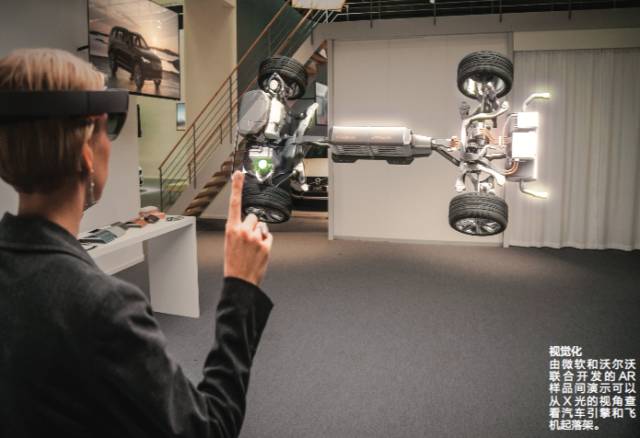
visualize. AR applications can provide X-ray-like perspective capabilities that allow users to see internal structures that are not normally visible. For example, the medical device company AccuVein has introduced an AR technology that can convert the heartbeat signal in the blood vessels of a patient into vascular vein imaging and project it on the patient's skin, allowing the medical staff to easily position the blood vessel. This greatly enhances the success rate of blood draw and other related blood vessel treatments. This technology has improved the initial success rate of blood draw by more than 2 times, and reduced the use of other auxiliary measures by 45%.
Instructions and guidance. AR has overturned traditional instruction, training and coaching systems. In the past, these key functions shouldered the burden of improving production efficiency, but they had natural defects such as high costs, labor intensiveness, and uneven achievements. In the areas of product assembly, mechanical operations and warehouse logistics, AR converts complex 2D drawings into interactive 3D holographic imaging, leading users through all the necessary processes step by step. Human imagination and understanding have been liberated.
Boeing introduced AR training in complex aircraft manufacturing processes, which greatly increased production efficiency. In a study conducted by the company, AR was used to guide students to assemble 30 parts of the wing section for a total of 50 processes. With the help of AR, participants spent 35% less time than using ordinary 2D drawings. The rate of correctness of the first-time assembly task for shallower or zero-experience students increased by 90%.
interactive. In the past, people could only interact with physical controls such as buttons, knobs, etc., and later touch screens appeared. With the rise of smart connected devices, applications on mobile phones have gradually replaced physical controllers, allowing people to gain remote control capabilities.
AR allows user interaction to rise to a whole new level. The AR headset can directly project the virtual control panel onto the product, and the user can control only with gestures and voice commands. In the near future, users wearing smart glasses can directly launch and operate the virtual user interface of the product through eyes and gestures. For example, a worker wearing smart glasses can observe the performance of multiple devices and make adjustments without having to touch any device.
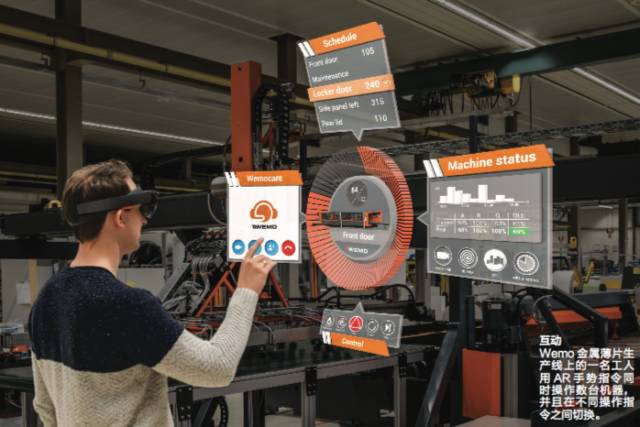
How AR creates value
AR can create business value in both directions. First, AR can become an integral part of a product. Second, it can enhance the performance of various components of the value chain, including product development, manufacturing, marketing, and after-sales service.
AR as a product feature
As people's design concepts gradually focus on user interaction experience and ergonomics, AR's capabilities have a broader application.
Head-mounted AR displays used to be military equipment, such as key equipment on fighter jets, and later on commercial aircraft, only recently appeared in cars. The size of the AR display is too large and the cost is high and it is difficult to integrate it into products other than vehicles. Wearable devices, especially smart glasses, have greatly broadened the application of AR in various types of manufactured products. Through smart glasses, users can overlay AR displays on any product and communicate with them.
For example, you can use smart glasses to observe the oven in the kitchen. A virtual display will show the temperature of the oven, the remaining time, and even the recipe used. When you are ready to get into the car, the AR display will indicate if the car is locked, if there is oil in the tank, and if the tire pressure is sufficient.
AR and value chain
We have already seen the influence of AR on the entire value chain, but the degree of each field is not the same. On the whole, the application of AR in visualization and indication has the greatest influence on the operation of the company. The interactive function is emerging, but it is still in the initial stage of testing.
product development. AR can project holographic images of 3D models into the real world, which greatly enhances the ability of engineers to evaluate and improve models. For example, AR can create an equal proportion of construction machinery models. Engineers can perform 360-degree observations, even go inside the machine, observe the operator's line of sight angle under different conditions, and experience the ergonomic design of the equipment.
manufacture. The manufacturing process is usually extremely complex, with hundreds or even thousands of steps. Once an error occurs, it will cause huge losses. As mentioned above, AR can send correct information to workers on the assembly line at the right time, thereby reducing errors and increasing efficiency and productivity.
Logistics. Warehouse operations account for approximately 20% of the company's total logistics costs, while picking up goods from the shelf accounts for approximately 65% ​​of the warehouse's operating costs. In most warehouses, workers also use original paper lists to find and collect goods. This method is not only slow but also prone to errors.
Logistics companies led by DHL are using AR technology to improve the efficiency and accuracy of the picking process. AR equipment can guide workers to the exact location of each cargo and design the best route to the next cargo. At DHL, this technology not only reduces errors, increases employee motivation, but also increases productivity by 25%.
Marketing and sales. AR not only redefines the concept of product showrooms and presentations, but also completely overturns the traditional customer experience. Before purchasing, customers can see how virtual products operate in a real environment, which gives them more realistic expectations, more confident buying decisions, and improved customer satisfaction. In the future, AR technology may reduce the number of physical stores and showrooms.
After-sale service. In this area, AR greatly enhances the potential for smart connected products to create value. AR can assist technicians in providing services to consumers just as they assist workers in factories. Through the predictive analysis data collected by the product, AR can guide technicians to perform maintenance in real time or remotely connect with experts. Field technicians can use AR technology to discover that a part will be damaged within a month, replace it now, solve the customer's problem in advance, and take preventive measures.
Human Resources. Early adopters of AR technology, including DHL, the U.S. Navy, and Boeing, have already discovered the powerful efficacy of AR, especially in the "instructor" virtual training. The AR device can provide customized instruction orders based on the level of experience of trainees or for specific errors. For example, an employee often makes the same type of error, and the company can use the AR auxiliary equipment until the quality of work is improved. In some enterprises, AR technology has even shortened the training time of new employees to almost zero, and the technical threshold for recruiting new employees has also decreased.
Deploy AR


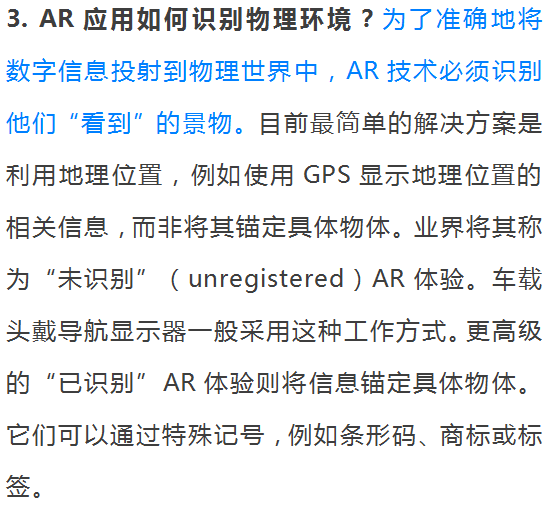
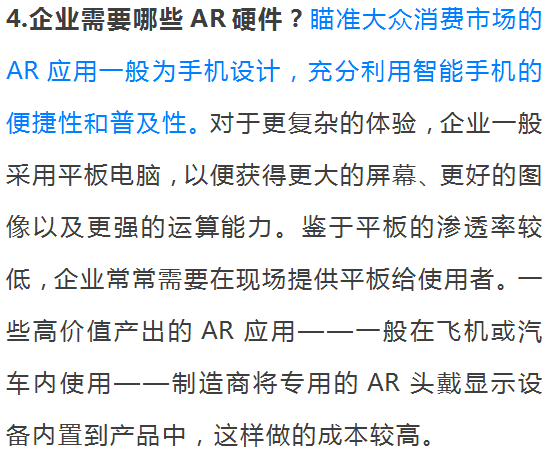
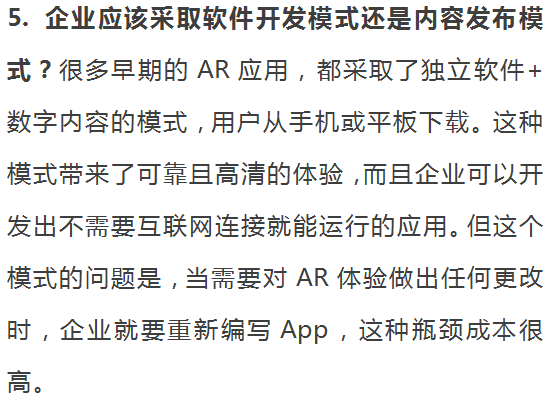
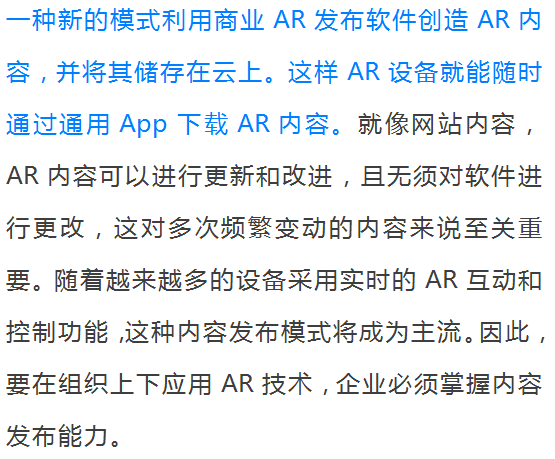
Although the speed of development of artificial intelligence and robots is amazing, we believe that combining the capabilities of machines with the unique advantages of human beings, we can release greater productivity, far beyond their respective capabilities. To make this vision a reality, we need a powerful human-computer interaction interface to bridge the gap between the digital world and the physical world. AR provides us with a historic solution. Humans can use AR to gain new digital knowledge and machine capabilities to enhance their capabilities. AR will profoundly change training and skills development. People will not have to go through lengthy and expensive traditional training (many people are not qualified to accept such training) and they can do complex work. We are convinced that AR will help human beings to benefit more from the digital revolution and its impact.
Suizhou simi intelligent technology development co., LTD , https://www.msmsmart.com